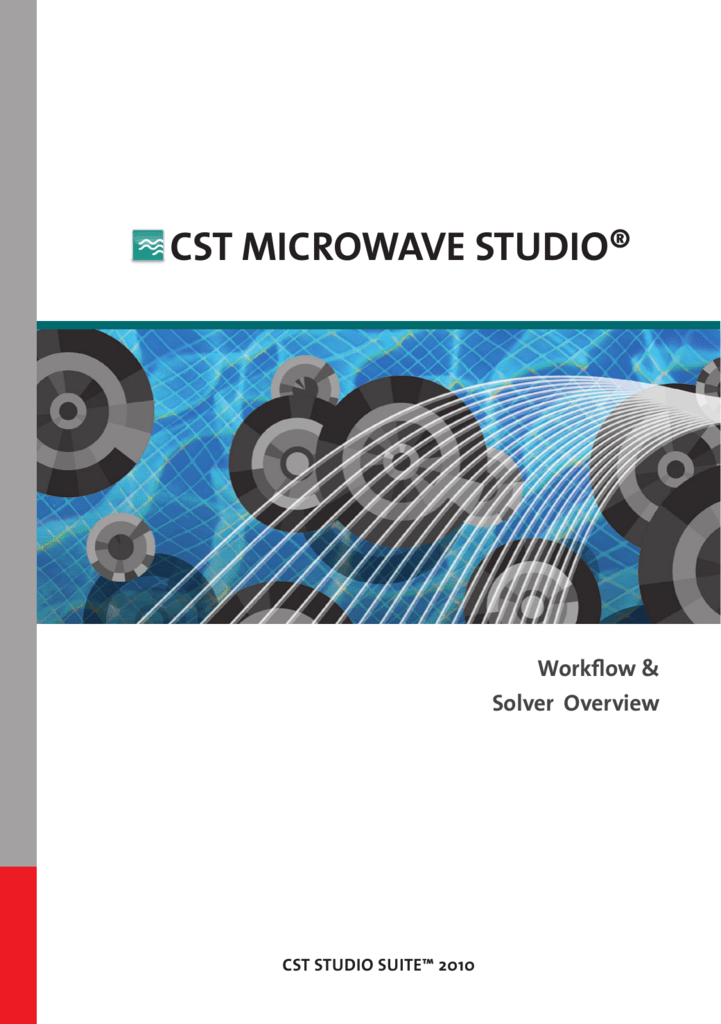



The pickup signal is recorded with a high bandwidth sampling oscilloscope. In this paper, time-domain measurements of the cone-shaped pickups at FLASH are presented. The pickups are installed at FLASH for verification. The simulation showed that the signal parameters of interest, the signal slope and bandwidth are improved by more than a factor of six compared to the state of the art pickups. A. Angelovski, R. Jakoby, A. Penirschkeįor the low charge operation mode at the European XFEL, high bandwidth cone-shaped pickups were developed as a part of the Bunch Arrival-time Monitors (BAMs).Time Domain Pickup Signal characterization for Low Charge Arrival-Time Measurements at FLASH In addition to measuring the longitudinal bunch profile, long-ranging wake-fields trailing the electron bunch can also be studied, hinting bunch-bunch interactions. microbunching) occurring during ANKA's low-alpha-operation, an operation mode with longitudinally compressed bunches to generate coherent synchrotron radiation in the THz range.

With this setup it is possible to study longitudinal beam dynamics (e. The setup is tuned to a sub-ps resolution (granularity) and can measure down to bunch lengths of 1.5 ps RMS for bunch charges as low as 30 pC. The laser pulse is then analyzed with a single-shot spectrometer and from the spectral modulation, the temporal distribution can be extracted. The method of electro-optical spectral decoding (EOSD) uses the Pockels effect to modulate the longitudinal electron bunch profile onto a long, chirped laser pulse passing through an EO crystal.
CST MICROWAVE STUDIO CAMERA CONTROLS FULL
Because not all user experiments need the full pulse train (8000 FEL pulses per second), part of the electron bunches can be deflected into a second beamline, which can simultaneously deliver FEL pulses with different parameters to a second user experiment. The FLASH FEL User Facility at DESY (Hamburg) is driven by a Photocathode RF gun and superconducting RF structures, producing up to 800 electron bunches per train with a repetition rate of 10 Hz. S. Ackermann, V. Ayvazyan, B. Faatz, E. Hass, K. Klose, S. Pfeiffer, M. Scholz, S. Schreiber.Simultaneous Operation of Two FEL Undulator Beamlines at FLASH


 0 kommentar(er)
0 kommentar(er)
